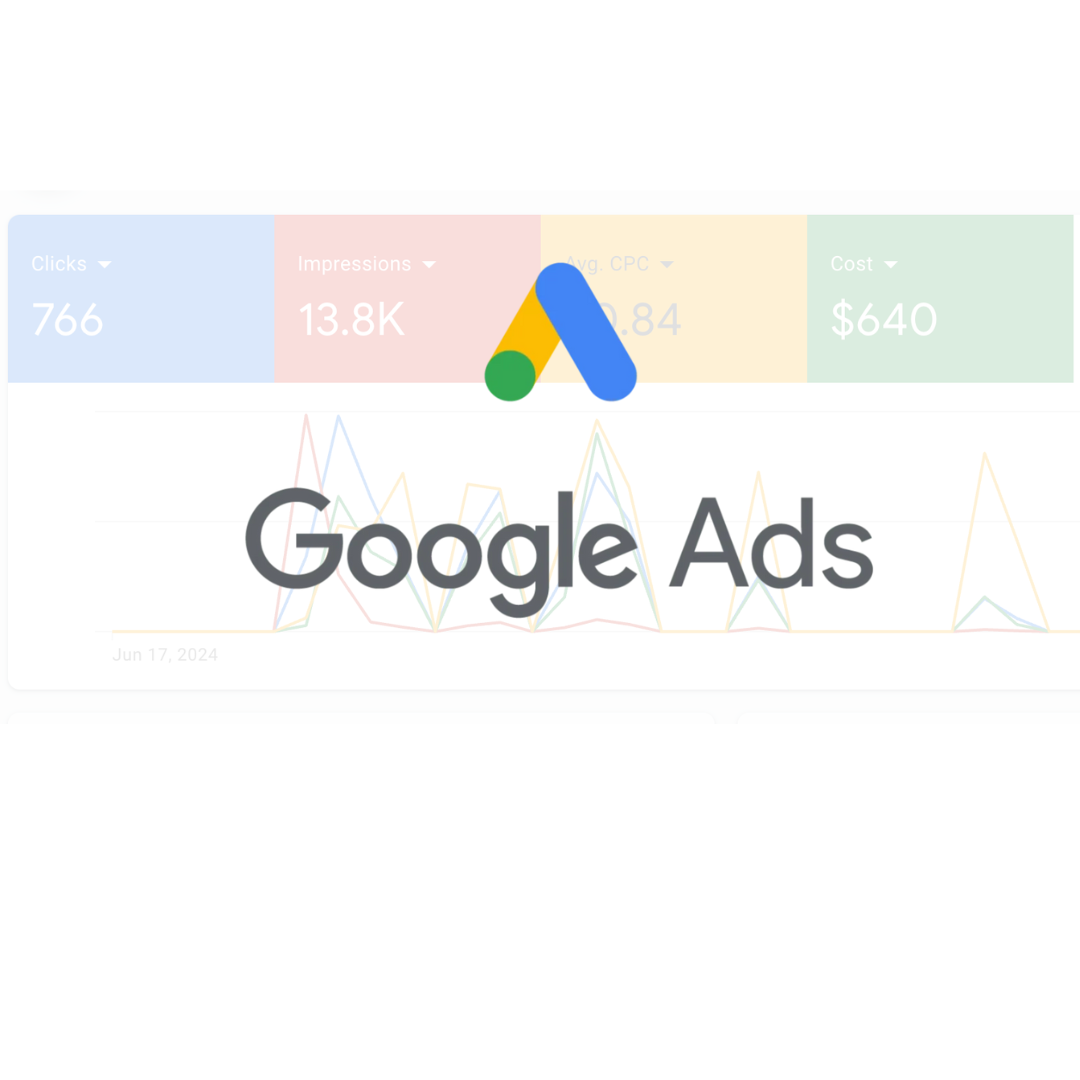Maximizing Your Google Ads ROI Through Conversion Optimization
Are your Google Ads campaigns generating clicks but not conversions? You're not alone. Many advertisers struggle to turn ad clicks into meaningful business results. In this article, we'll explore five proven strategies to increase your Google Ads conversion rates and maximize your return on investment.
1. Improve Your Landing Page Experience
Your landing page is where conversions happen, so it needs to be optimized for performance:
- Maintain message match: Ensure your landing page headline and content align with your ad's promise
- Streamline the design: Remove distractions and focus on your conversion goal
- Optimize page speed: Faster pages lead to better user experience and higher conversion rates
- Use clear calls-to-action: Make it obvious what action you want visitors to take
- Build trust: Include testimonials, reviews, and trust badges to increase credibility
Remember that Google also considers landing page experience when determining your Quality Score, which affects your ad position and cost per click.
2. Implement Conversion Tracking Properly
You can't improve what you don't measure. Proper conversion tracking is essential for optimization:
- Track all valuable actions (purchases, form submissions, phone calls, etc.)
- Assign values to your conversions to better understand their impact on your business
- Use Google Ads conversion tracking or Google Analytics integration
- Set up micro-conversion tracking to understand the customer journey
- Regularly audit your tracking to ensure accuracy
3. Refine Your Targeting
Better targeting leads to higher conversion rates because you're reaching people more likely to be interested in your offer:
- Keyword refinement: Focus on high-intent keywords that indicate purchase readiness
- Audience targeting: Utilize in-market audiences, affinity audiences, and custom intent audiences
- Geographic targeting: Concentrate on locations that convert best for your business
- Device targeting: Adjust bids based on which devices drive the most conversions
- Time targeting: Schedule ads during periods when conversions are most likely to occur
4. Create Compelling Ad Copy and Extensions
Your ad is the first impression potential customers have of your business. Make it count:
- Highlight your unique selling propositions clearly
- Address customer pain points and how you solve them
- Include prices, promotions, and offers when relevant
- Use emotional triggers that resonate with your audience
- Implement all relevant ad extensions to provide additional information
Testing different ad variations is crucial for finding what resonates best with your audience.
5. Leverage Remarketing and Audience Targeting
People who have already interacted with your brand are more likely to convert:
- Create remarketing campaigns targeting previous website visitors
- Segment your remarketing lists based on user behavior
- Develop specific messaging for different audience segments
- Use Customer Match to target your existing customers
- Implement similar audiences to find new users who resemble your best customers
Bonus Tip: Test, Measure, and Iterate
Conversion optimization is an ongoing process, not a one-time task:
- Conduct A/B tests on your ads and landing pages
- Make data-driven decisions based on statistically significant results
- Continuously refine your approach based on what the data tells you
- Stay updated on industry benchmarks and best practices
- Be patient – meaningful optimization takes time
Conclusion
Improving your Google Ads conversion rates requires a holistic approach that encompasses targeting, ad creation, landing page optimization, and continuous testing. By implementing these five strategies, you'll be well on your way to getting more value from your Google Ads investment.
Remember that even small improvements in conversion rates can have a significant impact on your overall ROI. Start implementing these strategies today and watch your campaign performance improve over time.
